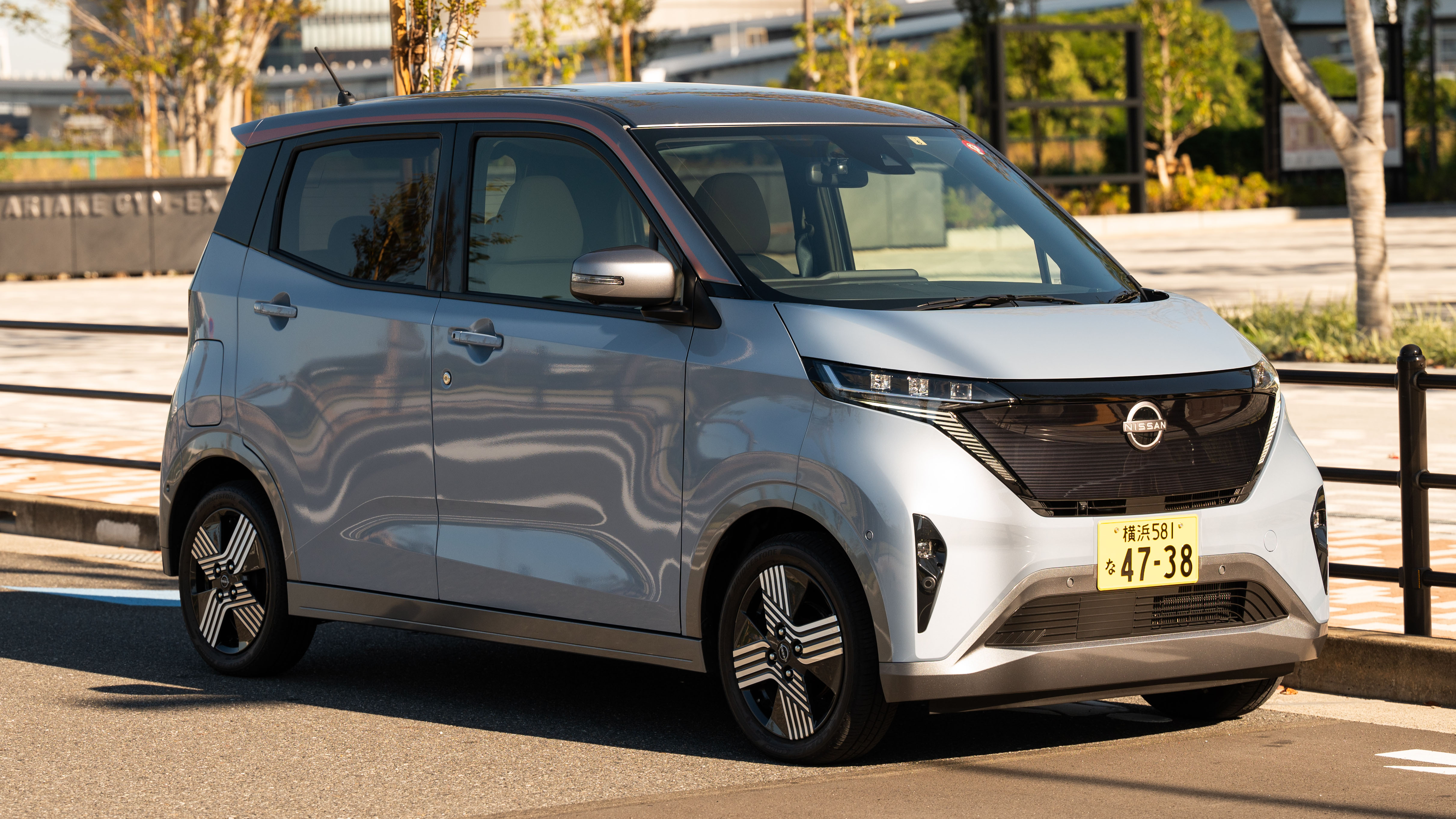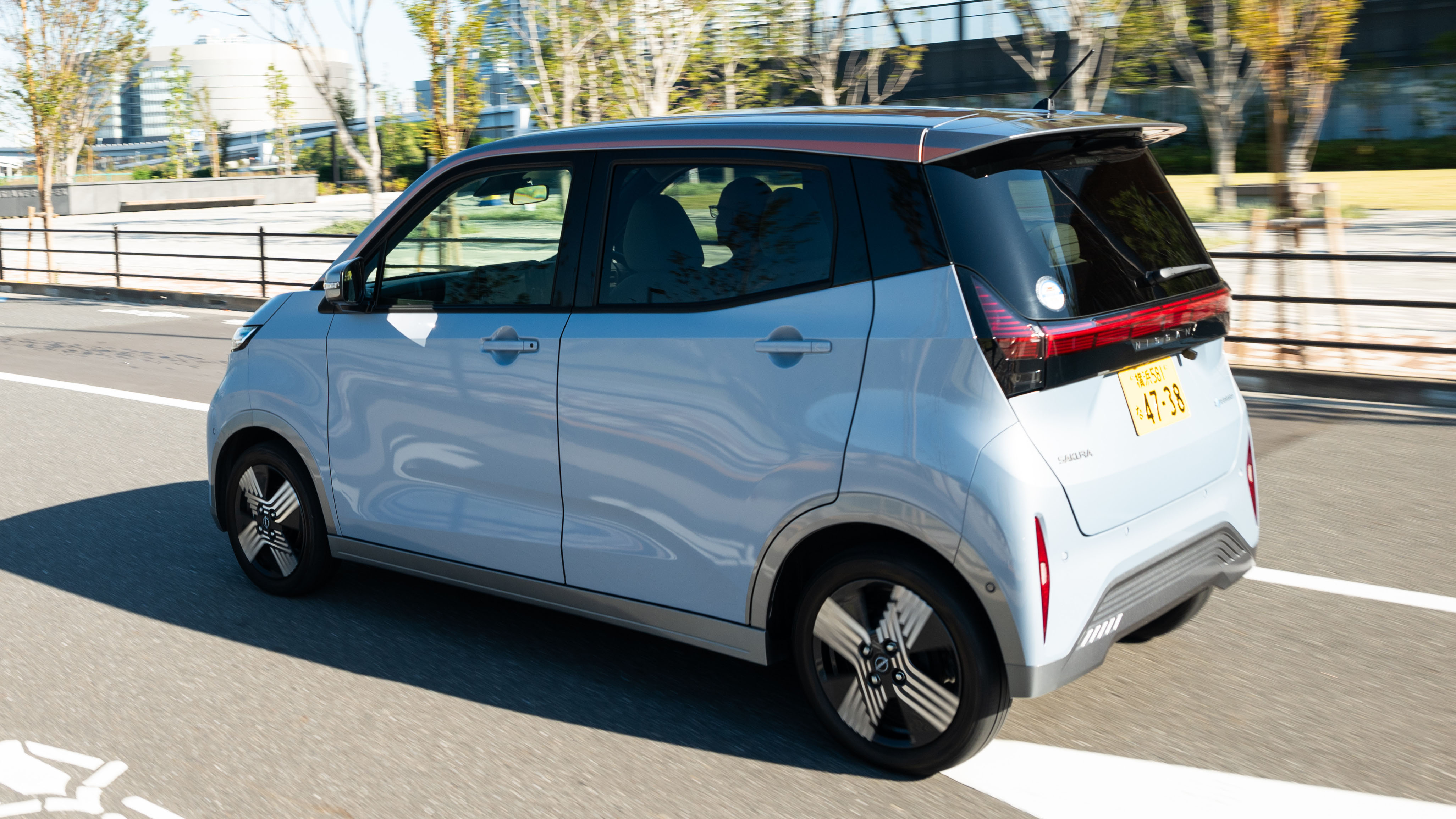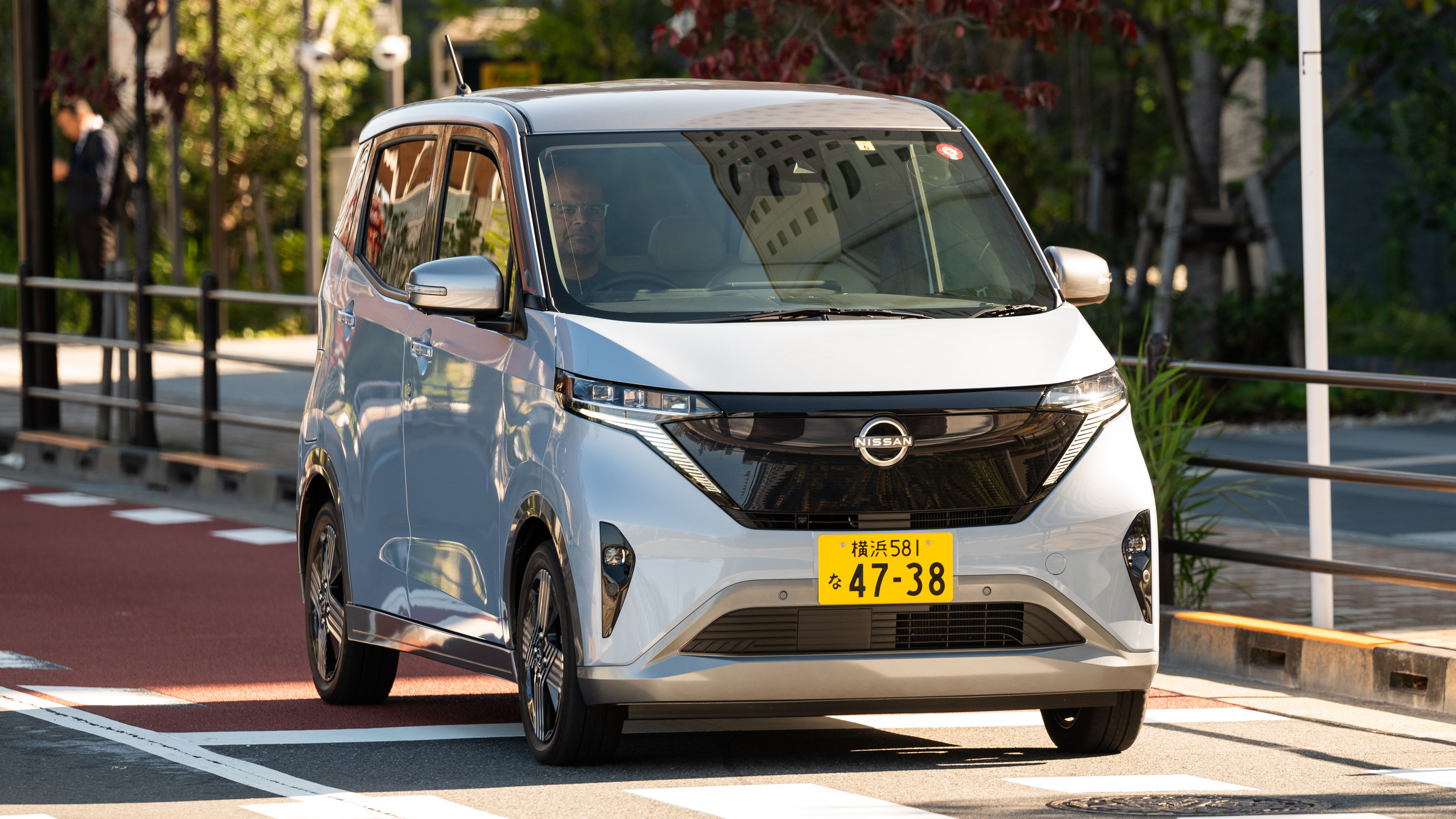
Nissan Sakura review: the £13k hero Britain deserves, but can’t get right now
Yawn. Another overpowered electric car promising 0-60mph in minus four seconds and the ability to turn water into wine?
No. It’s a V12-powered lightweight able to lap the Nürburgring in under four minutes flat.
WHAT. REALLY?
No. It’s a tiny Japanese car named after a tree, available with a tiny battery, a tiny electric range and tiny, comically slow performance. Oh, and you can’t buy it in the UK, either.
However, this tiny, underpowered and unavailable Japanese car named after a famous tree - the cherry blossom - might just be the perfect tonic for our bludgeoned, overcrowded roads bloated with overpowered SUVs and 4x4s and that bloody Audi right up your chuff.
Please explain.
Released in May 2022, the Sakura is what you’d call a ‘kei car’: a small road-legal passenger vehicle only available in Japan that's built to a regulated, specific size. That size being what you’d charitably call ‘adorably tiny’, but in fact is no more than 3.4m long and narrower than 1.5m wide.
These kei cars are also restricted to engine sizes of 660cc – a hangover from its early days as a means of getting Japanese denizens off their bikes and into their cars post WWII – and is designed for crowded cities and urban sprawls.
The UK has a lot of crowded cities and urban sprawls. It also has a lot of narrow roads and tiny villages and parking spaces originally designed for cars made in the 1950s and a horde of bloody Audis right up your chuff.
Wait, you said ‘tiny battery’, not 660cc. What gives?
The Sakura is an electric kei car. And it utilises Nissan’s very long history in building electric cars, because the small lithium-ion battery takes learnings from the Leaf, offering 20kWh of useable capacity and a 350V total voltage.
The cells in this small battery have apparently been stacked in a ‘special’ way, though much to TopGear.com’s dismay, this does not mean they were put together via interpretative dance. They were instead stacked for compactness, maximising the Sakura’s interior cabin space. More on that in a tick.
Gimme some numbers.
The front-wheel-drive Sakura offers a heady 63bhp, 144lb ft of torque and up to 112 miles of range from a full charge. The 0-62mph time is a pointless metric here (it's long), as is the top speed (81mph). Just know there is 'plenty'. Especially when the Sakura has a wheelbase of just 2.5m and a kerbweight of 1,080kg.
How long will that battery take to charge?
Nissan quotes eight hours for a full, ‘standard’ charge from the “battery warning light to fully charged”, but this drops to just 40 minutes on a quick charge that’ll take you from 0-80 per cent.
Top Gear
Newsletter
Thank you for subscribing to our newsletter. Look out for your regular round-up of news, reviews and offers in your inbox.
Get all the latest news, reviews and exclusives, direct to your inbox.
And when fully charged, what’s it like to drive?
Respectable! Along a short, Tokyo Bay city route, the Sakura proved itself to be a very good, very well sorted urban EV. It rode comfortably and without incident; that is to say, it resolutely refused to crash around as perhaps other small, cheap cars can.
The steering was perfectly weighted for the city, too – light, a bit distant, accurate – and the powertrain allowed it to dart about the place with merry abandon, zipping in and out of lanes and dealing with your average Japanese city obstacle – traffic, maintenance trucks, a massive, angry reptilian... you get the gist – with confidence. Basically, it’s entirely chuckable and a surprising amount of fun.
Acceleration is brisk – so much so that we even managed to coax an adorable bout of wheelspin, purely for testing purposes you understand – and the brakes felt strong.
And what about inside?
Cavernous. The cabin feels a little sparse, but it’s all well finished and feels reliably solid. Our test car had a nice bit of copper finishing, a dash of flair in an otherwise very functional aesthetic. Good touchscreen, too, and the digital dash was simple, bright, clear and uncomplicated.
There’s a great view all round because it’s a big, glassy box. There’s loads of rear bench space (you could squeeze three in the back, no problem, despite Nissan saying it’s a four-seater only). Headroom’s huge. Leg- and knee-room equally so. The boot’s tiny at 107-litres, but something had to give, right?
I want one immediately!
So does Japan! Between June 2022 and September 2023, Nissan had more than 60,000 orders for the Sakura, and it was the best-selling EV in Japan last year. Indeed demand was so strong, Nissan had to pause sales in late 2022 for a bit because it had too many orders.
Each car costs around 2.5m yen (around £13.5k), though it’s still a small chunk of the overall kei car market, mind – some 1.7m tiny cars were sold in 2022.
But as a tonic for the UK, the Sakura makes all kinds of sense. The petition to get it shipped over here begins now…
Photography: Matt Fowler
Featured

Trending this week
- Car Review
BMW 1 Series
- Top Gear's Top 9
Nine dreadful bits of 'homeware' made by carmakers






